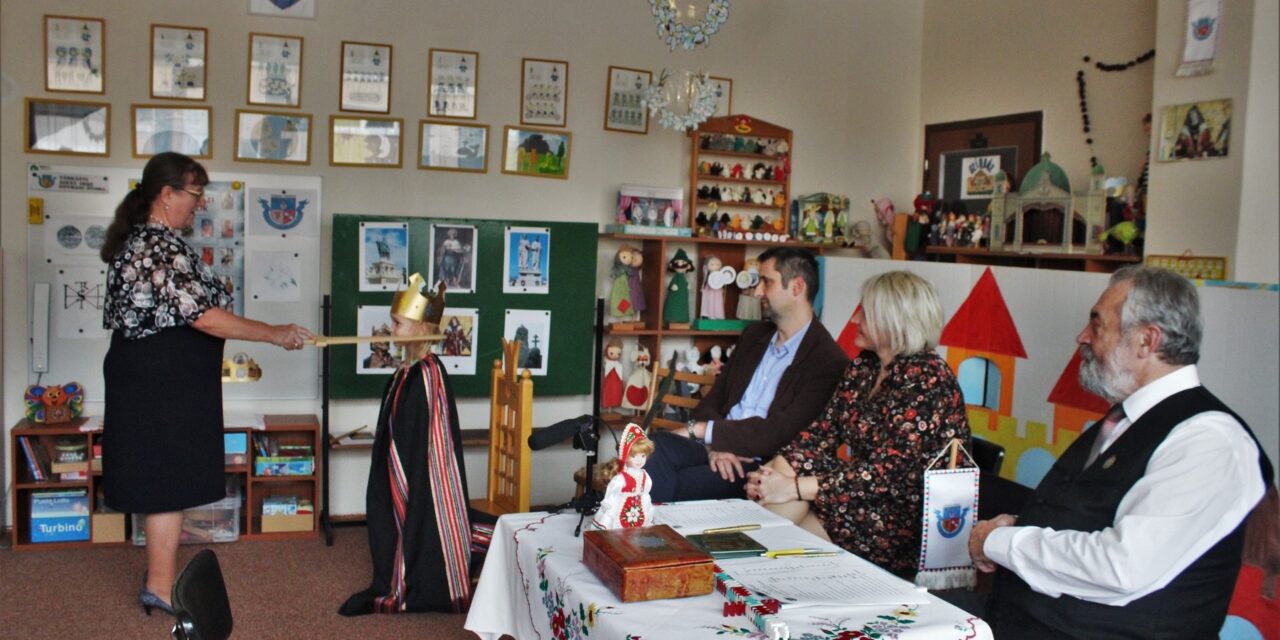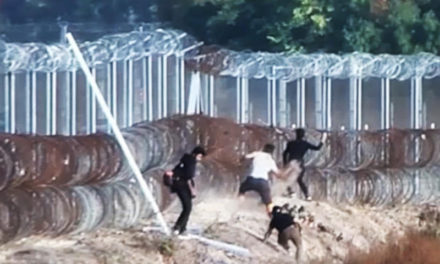Every year, on the day before the farewell day of the Roman Catholic church dedicated to Prince Szent Imre in Párkán, the first Hungarian church (Catholic) kindergarten in the country holds a worthy celebration with the little ones.
The kindergarten, named after the patron saint of the church, opened its doors in 1995 with considerable difficulties. This is primarily due to Katalin Vízi, who took the initiative and is still the headmistress of the kindergarten, and to the persistence with which the kindergarten operates in an exemplary manner even in the most difficult and difficult circumstances.
The XV. election of a king is one of the biggest events in this aesthetically, modernly furnished kindergarten. They prepare for it almost all year round, in addition to many other programs.
In a playful way, they get to know not only the basics of Catholic life, but also the roots of national consciousness are fixed here in the little children.
And of course, all of this takes place in the midst of playful everyday life, with lots of fun, trips, getting to know fairy tales, in the spirit of love.
The feast of St. Imre begins already in the morning, in a festive setting, in the presence of guests. The ceremony started with the principal's greeting and the singing of the National Anthem.
The kindergarten competition takes place almost the same as for adults. Among the members of the jury are the local head of the church, Bishop Zoltán Fóthy, Márton Okos from Transylvania, who visits the kindergarten every year, heraldicist L. Dániel Pécsi from Budapest, who is also a frequent visitor and supports the kindergarten in many ways (he also designed and made the symbols of the kindergarten ), Péter Bacsó, the principal of the elementary school, Lajos Deák from the Székesfehérvár municipality, and Judit Prekrit from Székesfehérvár were also guests. TV owner Antal Bihari from Esztergom is also present every time, and he records the unique event.
The ten contestants - the youngest three-year-old - answered the questions of the president of the jury, which were based on the theme of Prince St. Imre, the kings of the Árpád House, and the Holy Crown, with confidence that would put adults to shame, at a level appropriate for the children's age.
If anyone thought that the teacher had strictly taught the children about the Hungarian kings, this was refuted by the answer of one of the best-performing boys, who, when the jury asked where he learned the names of the Árpád kings or princes, answered : my mom tells me about them every night.
After the contest, the king election ceremony began. The judge (one of the kindergarten employees) invited the "yard people", and then the jury announced the result. The king was elected as described in the fairy tales. The first place winner was Berec Bianka, whom the headmistress crowned as king according to the ceremony. He was given the royal robe, collar, ring and crown. And from the president of the jury, he received the bronze medal of the kindergarten's coat of arms, accompanied by the following admonitions:
"Follow Szent Imre's example! Be humble, honest and fair! And you can help manage the church kindergarten for a whole day after you take the vow!"
Then came the vows, then the treasure chest was opened, and the little king, who had already been elected, distributed the chocolate coins to the next two best competitors, then to all the little children, and to the adults present as well.
At this real little fairy-tale afternoon, the little people, who all enjoyed the playful contest, not only gained knowledge and national, religious knowledge, but also took part in the royal feast, and heard a Bálint Balassi song from the president of the jury.
This afternoon was thought-provoking for the adults as well, that value creation does not mean the adoption of an imported culture - foreign to us.
All of these playfully competitive lurkers knew and said that "Christian culture means we believe in God."
Source and image: Dániel Erzsébet/Felvidék.ma













